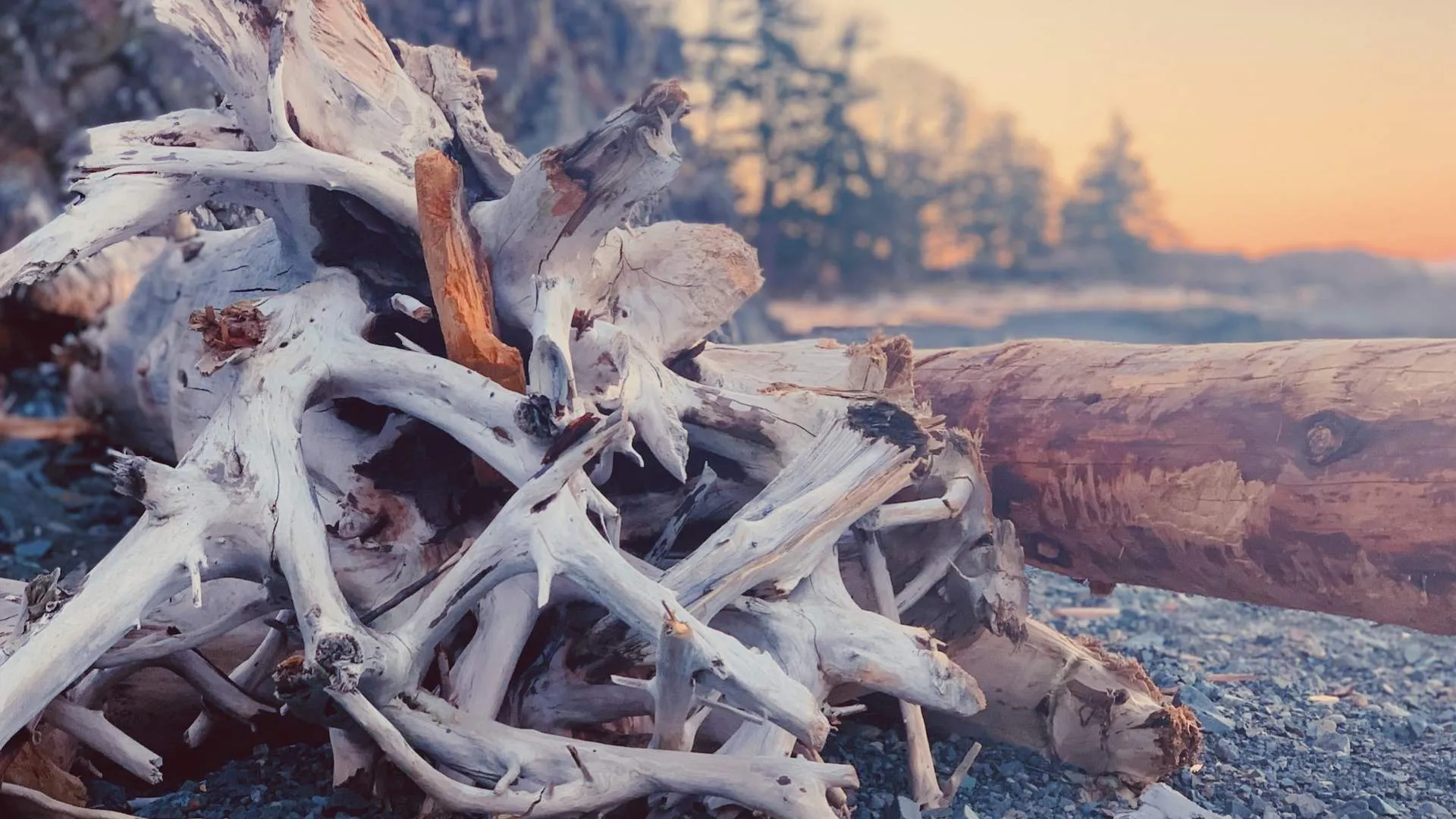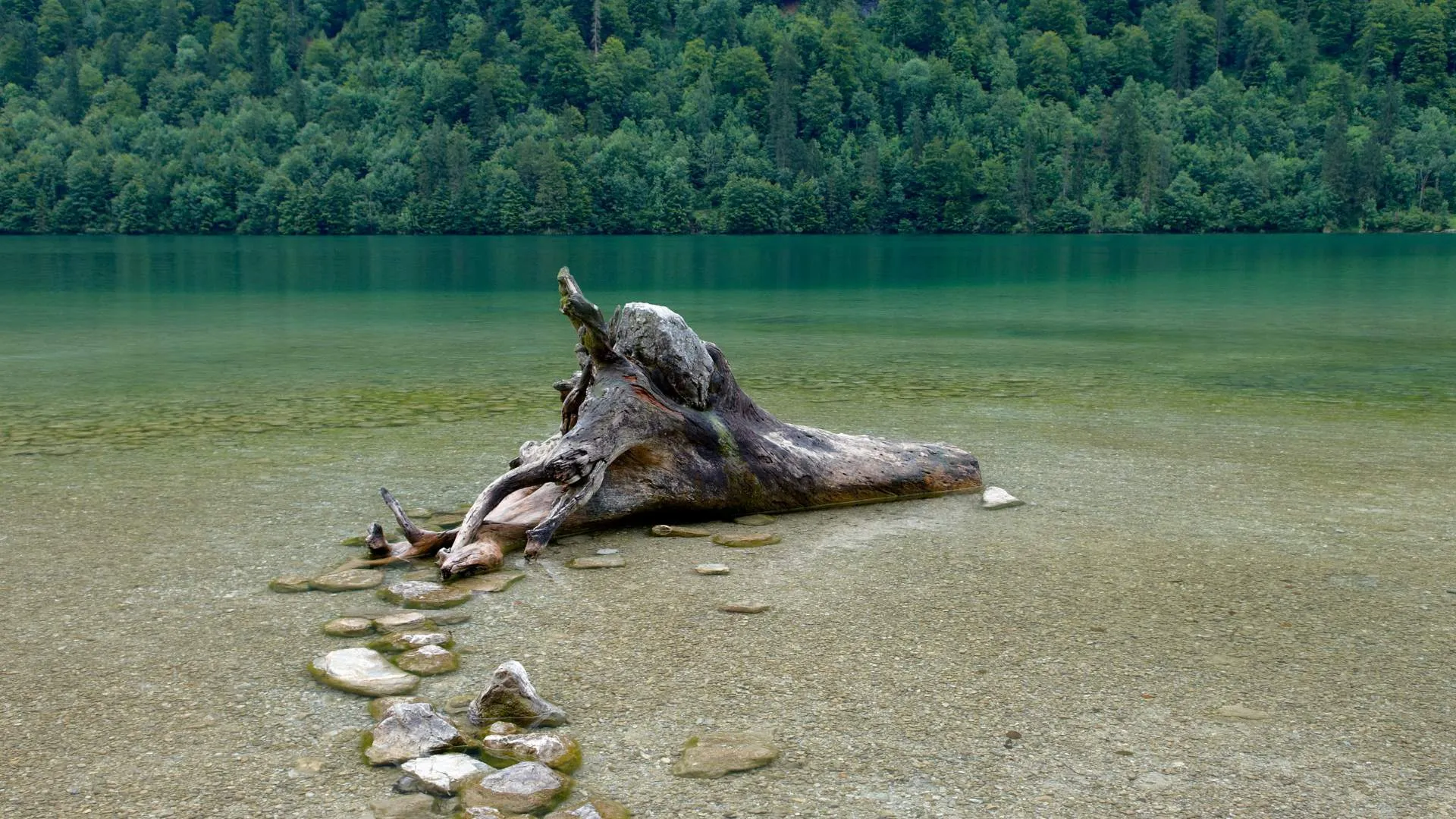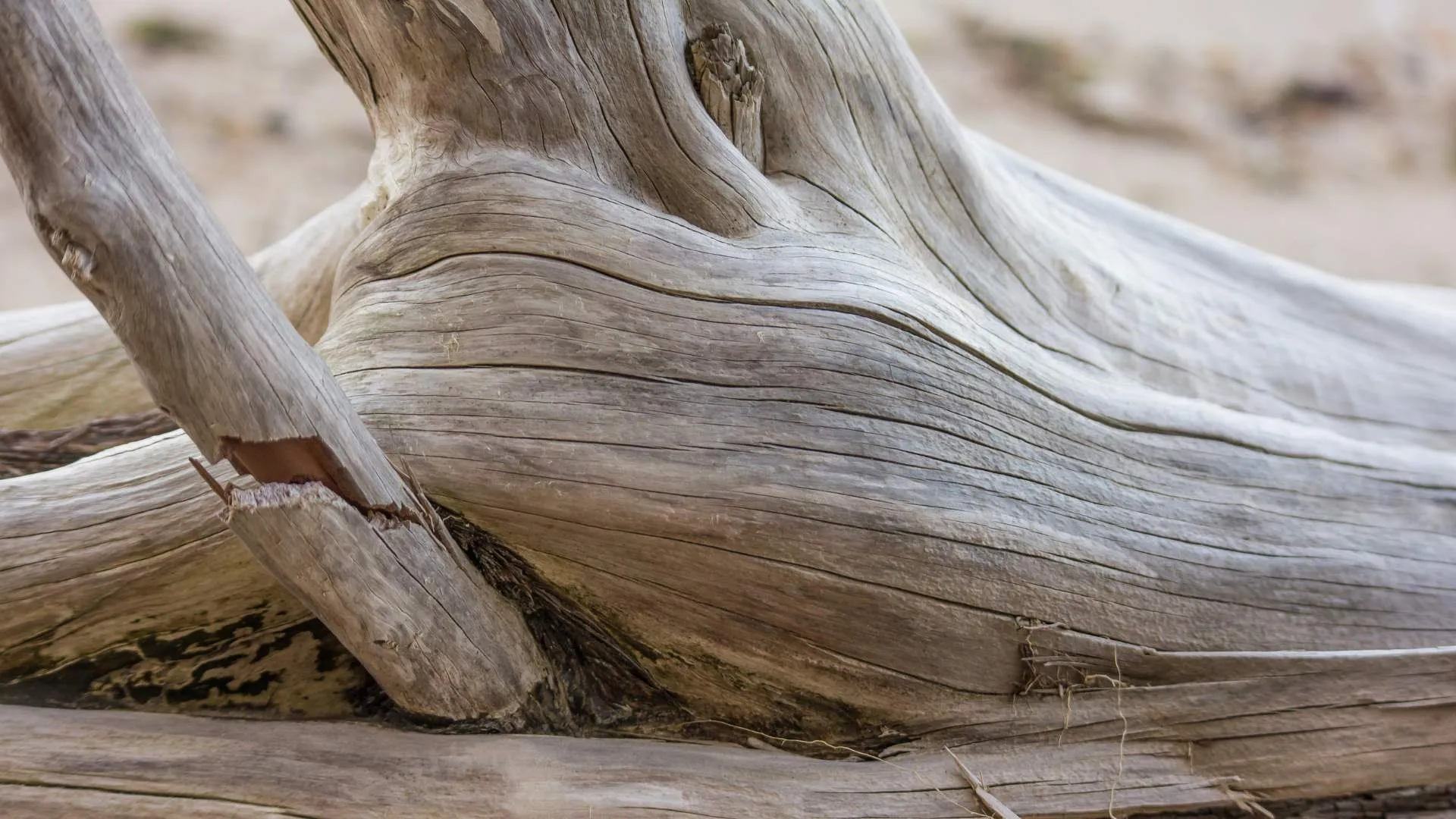Types of Driftwood You Should Know About
POSTED ON DEC 30, 2023 BY JESSIE B.

Driftwood has emerged as a captivating and distinctive material, gaining widespread acclaim as a choice for home decor in recent times. Its weathered and timeworn aesthetics introduce a natural and rustic allure to any living space. In this exploration, we delve into the diverse classifications of driftwood, encompassing both freshwater and saltwater varieties, along with insights into the prevalent tree species manifesting as driftwood.
Common Types of Driftwood
Driftwood, a versatile element in decor, can be broadly classified into two categories: freshwater driftwood and saltwater driftwood. While sharing some commonalities, you'll know how to identify types of driftwood with their unique characteristics.
1. Freshwater Driftwood

Freshwater driftwood predominantly finds its haven in rivers, lakes, and other freshwater bodies. It often originates from trees or branches succumbing to storms or erosion, eventually becoming part of the water's ebb and flow. As the currents carry it downstream, freshwater driftwood gracefully adorns shores, beaches, or riverbanks.
Distinguished by its appearance, freshwater driftwood boasts a lighter color and smoother texture, owing to the absence of saltwater exposure. This particular type of driftwood is used for aquariums due to its aesthetic appeal and durability. The lack of salt also renders freshwater driftwood less susceptible to decay, ensuring its structural resilience over decades.
If you're searching for the best place to find driftwood for your aquarium or decorative purposes, consider exploring riverbanks, lakeshores, or specialized aquarium supply stores, where you can discover a diverse selection to enhance the natural beauty of your aquatic environment.
2. Saltwater Driftwood

Contrarily, saltwater driftwood traces its origins to trees or branches finding their way into oceans, seas, or other saltwater expanses. The saline environment significantly influences its appearance and attributes.
Saltwater driftwood often assumes a weathered and bleached look, a testament to its exposure to sun, salt, and the rhythmic action of waves. The salt content contributes to increased porosity and fragility over time. Nonetheless, saltwater driftwood remains a sought-after decorative element, infusing a distinctive coastal charm into various living spaces.
Most Common Trees Transforming into Driftwood
The origin of driftwood extends to a spectrum of tree species, each carrying its unique traits and visual allure. Here are some prevalent tree species that manifest as driftwood.
Oak: Strength and Elegance
Oak driftwood stands out for its robustness and endurance. With a deep, rich brown color and a distinctive grain pattern, it adds an elegant touch to any decor. Commonly employed in crafting furniture, oak driftwood can be presented in its natural state or adorned with varnish or protective coatings.
Cedar: Aromatic Beauty
Highly coveted for its reddish-brown hue and distinctive fragrance, cedar driftwood holds a natural resistance to decay, making it a durable choice for both indoor and outdoor applications. Intricate grain patterns and captivating textures make cedar driftwood a favored medium for sculptures and carvings.
Pine: Lightness and Versatility
In contrast, pine driftwood exhibits a lighter color palette compared to cedar and oak, often featuring pale yellow or light brown hues. Its softer texture and ease of carving make pine driftwood a preferred option for intricate sculptures, adding a unique and eye-catching dimension to home decor.
In conclusion, understanding the nuances of freshwater and saltwater driftwood, along with the distinct characteristics of prevalent tree species, allows you to make informed choices when incorporating these natural wonders into driftwood decor.
ARE YOU INTERESTED IN DRIFTWOOD DECOR?
If you have projects that need driftwood ideas, don't hesitate to contact us.
© 2023 DB Texas Driftwood Artists
